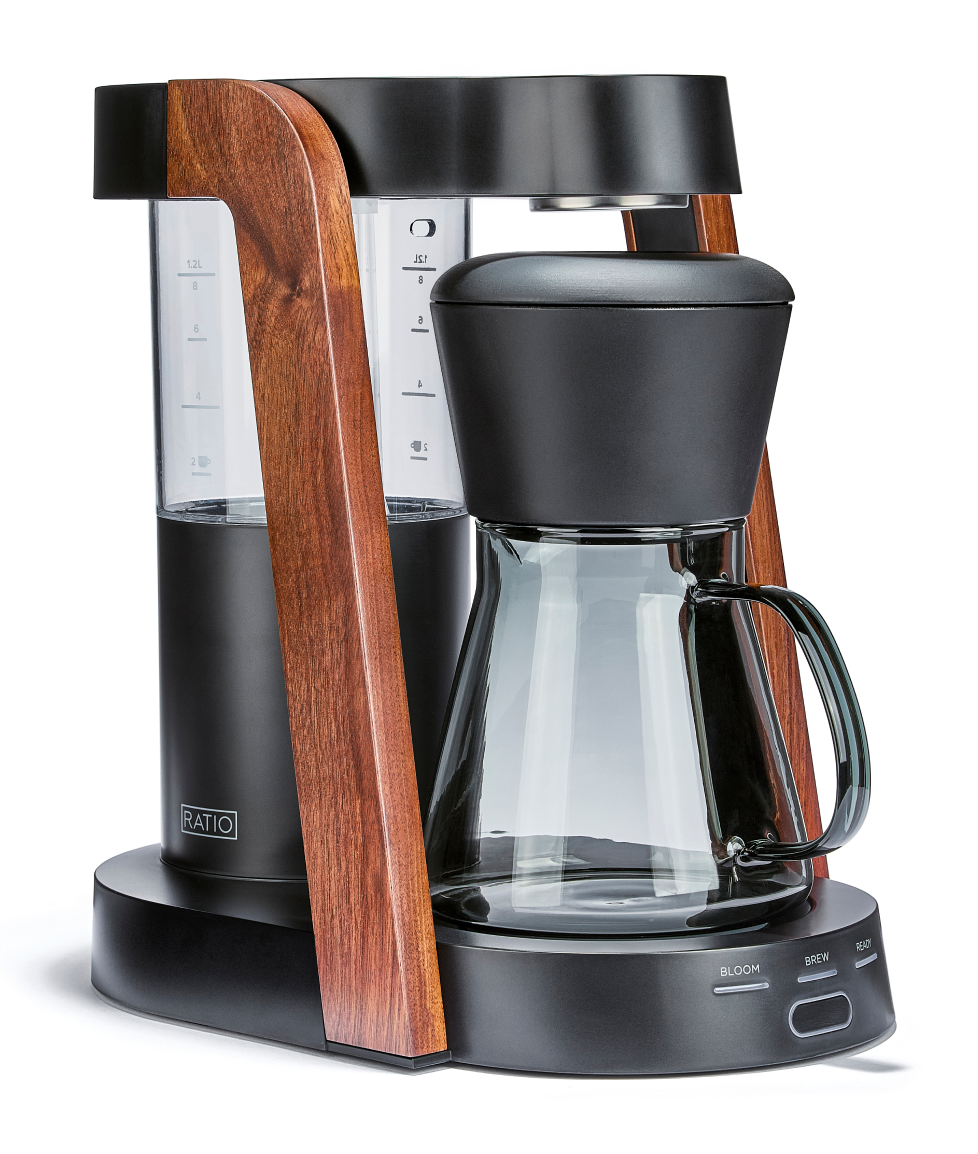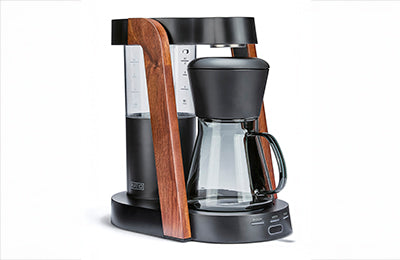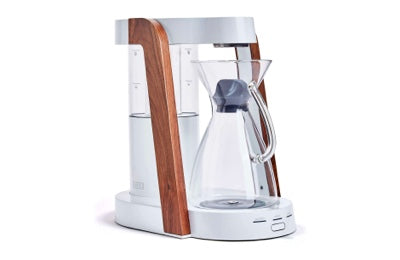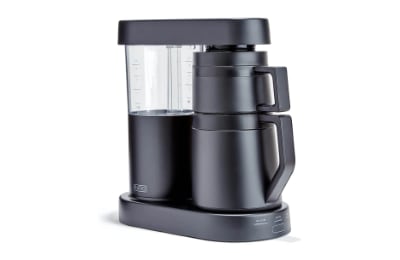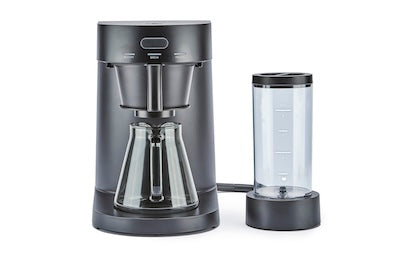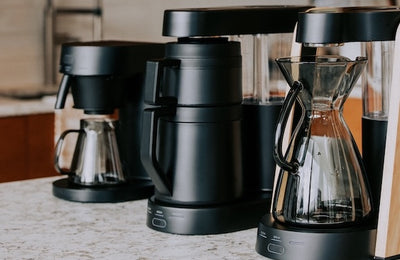Troubleshooting Common Coffee Maker Problems
Your coffee maker is a treasured kitchen companion, reliably brewing your morning cup until one day, it stops working as expected. Learning how to troubleshoot common coffee maker problems can save you both time and money. Whether your machine fails to power on, brews weak coffee, or leaks, there's often a straightforward solution. Begin by checking if the machine is plugged in or if your outlet is functional. If your coffee tastes off, mineral buildup inside the machine might be the culprit, highlighting the importance of understanding how to clean your coffee maker effectively. If you've tried various solutions without success, knowing how to fix your coffee maker becomes crucial. Familiarity with these simple coffee maker troubleshooting techniques empowers you to maintain your appliance in top condition and ensure that it remains a reliable part of your routine.
Understanding Your Coffee Maker Basics
A strong grasp of your coffee maker's basics is fundamental to effective troubleshooting. Most units operate on a simple mechanism: water fills a reservoir, heats up, and flows through a filter containing ground coffee. Problems often arise when any part of this process is disrupted. Regular use naturally exposes your machine to residues and mineral buildup, which is why understanding how to clean your coffee maker is pivotal. This basic knowledge forms the foundation for tackling common issues.
Recent trends show an increased interest in more complex coffee machines with advanced features, which can complicate troubleshooting efforts. Automatic and programmable coffee makers often include more components that are prone to malfunction, making coffee maker troubleshooting slightly more challenging than with simpler models. Familiarizing yourself with these additional features can aid in identifying potential problems and executing appropriate fixes.
Delving into the manual accompanying your coffee maker can reveal common errors and specific maintenance requirements. Manuals often outline how to fix your coffee maker for frequent issues, such as blockage in the brew basket or irregular power supply. Armed with this information, you can better identify and resolve problems, ensuring a seamless coffee-making experience while extending the life of your appliance.

Identifying Common Coffee Maker Problems
Identifying common problems with your coffee maker is the first step in efficient troubleshooting. One frequent issue is the machine not brewing at all, often caused by a clogged water line or faulty heating element. Checking the power source should be your first port of call. For machines that brew weak or bland coffee, the grind quality or mineral deposits may require attention, emphasizing the need for regular cleaning.
You might encounter leaks, which tend to occur when seals or gaskets are worn out. Such problems can usually be fixed with simple replacements or by ensuring all components are properly aligned and tightened. While many assume that these issues designate a need for professional repair, there’s a strong case for resolving them independently with basic maintenance and a good coffee maker troubleshooting guide.
Addressing problems with coffee maker features like timers or digital displays often involves resetting the device or updating the software, if applicable. Manuals can be a treasure trove of guidance in these areas, detailing how to fix your coffee maker with precision. Understanding these common problems empowers you to diagnose and address them efficiently, ensuring your coffee maker functions optimally for that perfect brew every time.
Troubleshooting Steps for Each Problem
When your coffee maker won't brew, start by checking the basics like power supply and ensuring all components are properly assembled. If these areas are fine, inspect the water line for clogs. For a concrete example, use a simple brush or a flexible wire to dislodge any trapped debris. Once cleared, run a water-only cycle to test the machine’s brewing capability.
Weak or bland coffee usually points to grind size or mineral buildup. Use coarser grounds if they're too fine, causing bitter coffee. If minerals are the problem, a vinegar or descaler solution can help. This gentle cleaning removes deposits, improving the coffee's flavor. Regular descaling is part of knowing how to clean your coffee maker effectively.
Leaking machines often mean seals and gaskets need attention. Ensure they’re intact and correctly positioned. In some cases, replacements are necessary and can be found in coffee maker repair kits. By doing this yourself, you’ll learn how to fix your coffee maker without a professional, saving time and expense in maintaining your appliance.
When timers or digital displays malfunction, try a simple reset to restore functionality. Unplugging the machine for a few minutes often does the trick. If the issue persists, consult the product manual for specific instructions. Some newer models may offer software updates that you can download to enhance performance and reliability.
By understanding the specifics of each problem, you’re well-prepared to tackle your coffee maker troubleshooting tasks. This proactive approach not only ensures your machine’s longevity but also maximizes its usefulness in your daily coffee ritual. Mastering these steps empowers you to enjoy consistently excellent coffee while ensuring your maker operates seamlessly.

When to Seek Professional Help
Recognizing when to seek professional help for your coffee maker is crucial, especially when dealing with intricate problems. Complex issues such as electrical faults, persistent leaks, or non-responsive controls often require expert attention. If your coffee maker continuously trips circuit breakers or shows signs of internal damage, prioritizing safety is key, and professional assistance should be sought without hesitation to prevent potential hazards.
For recurring problems that regular cleaning and DIY fixes can't address, such as ongoing thermostat failures or unusual noises, consulting a professional can provide peace of mind. Experts can diagnose underlying issues that are not immediately evident and offer solutions tailored to your coffee maker model. This ensures your appliance is maintained in peak condition, enhancing both performance and longevity.
One unpopular opinion about coffee maker troubleshooting is that machines are too fragile for home fixes, and every issue should warrant professional repair. However, many routine maintenance tasks, like descaling and changing filters, can actually prevent future breakdowns. By engaging in regular upkeep, you can minimize the frequency of professional interventions, making it a cost-effective approach to appliance care.
For high-end or warranty-covered models, involving a professional can be a strategic choice to avoid voiding guarantees. Manufacturer-approved technicians have access to genuine parts and are trained in specific repair procedures, ensuring your machine retains its value and functionality. When repairs seem daunting, remember that weighing the cost against potential damage is wise.
In the world of coffee making, not all problems are easily solvable at home, and recognizing this is vital. A balanced approach that mixes self-care routines with professional advice equips you to handle your coffee maker's needs efficiently, ensuring you enjoy a perfect brew without unnecessary interruptions. Knowing when to delegate complex issues preserves the quality and reliability of your morning ritual.

Preventing Future Coffee Maker Issues
Regular maintenance is crucial for preventing future coffee maker issues and ensuring your appliance's longevity. Consistently descaling your machine to remove mineral buildup is imperative, especially if you reside in an area with hard water. Establishing a routine for how to clean your coffee maker will substantially reduce the likelihood of lingering problems such as weak coffee or slow brewing times.
Using high-quality coffee beans and appropriate grind size can significantly decrease the strain on your coffee maker, minimizing clogs and ensuring smooth operation. Inspecting components such as gaskets and seals for wear can proactively identify issues before they escalate. Familiarizing yourself with these simple maintenance steps enhances your troubleshooting capabilities and helps avert potential problems.
In the next few years, advancements in smart technology are likely to lead to more self-diagnosing coffee makers, equipped to alert users of maintenance needs. This technological evolution will shift the focus from repair to proactive care, reducing incidents of unexpected breakdowns. Keeping updated with these innovations will enable you to maintain your machine more efficiently.
By investing time in understanding the functionality and care of your coffee maker, you are laying the groundwork for a consistent and enjoyable coffee-making experience. A well-maintained machine not only provides the best-tasting coffee but also serves as a reliable part of your daily routine. Taking these preventative measures ensures your appliance remains in optimal condition for years to come.
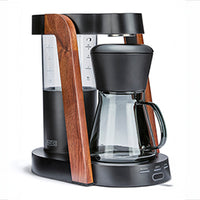 Ratio Eight S2
Ratio Eight S2
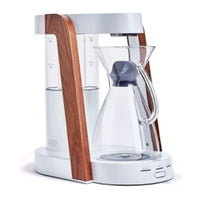 Ratio Eight Original
Ratio Eight Original
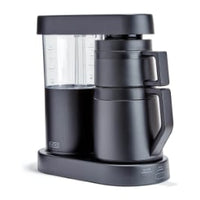 Ratio Six
Ratio Six
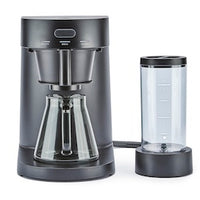 Ratio Four
Ratio Four
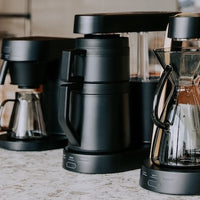 Compare Machines
Compare Machines
